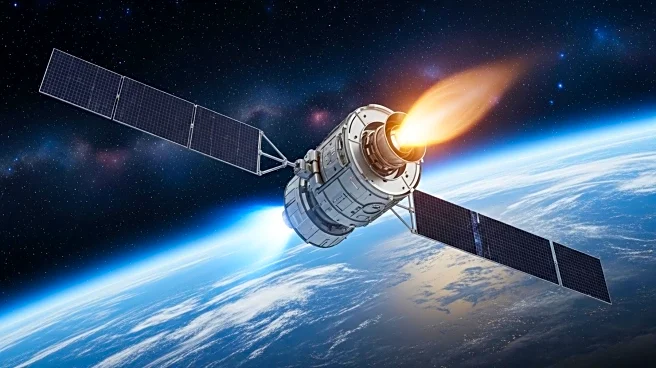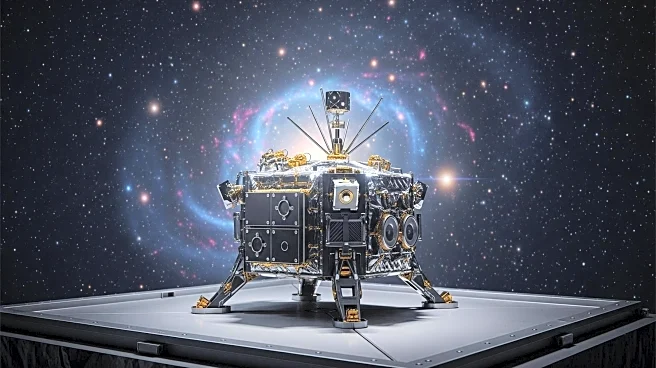What is the story about?
What's Happening?
Argentina's space industry is experiencing significant growth, marked by the development of Earth observation satellites and international collaborations. The National Space Activities Commission (CONAE) has launched multiple satellites under the SAC and SAOCOM series, with recent deployments including radar satellites SAOCOM 1A and 1B. The state-owned telecom company ARSAT is building the country's first high-throughput broadband satellite, ARSAT-SG1, to launch by 2025. Argentina is also collaborating with NASA on the Artemis II mission, with an Argentine CubeSat set to study radiation in high Earth orbit.
Why It's Important?
Argentina's advancements in space technology have broad implications for its economy and international standing. The development of satellites enhances Argentina's capabilities in agriculture, environmental monitoring, and disaster response. The collaboration with NASA on the Artemis II mission positions Argentina as a key player in global space exploration efforts. These developments also offer potential economic benefits, such as improved telecommunications infrastructure and new opportunities for international partnerships.
What's Next?
Argentina plans to continue expanding its space capabilities, with projects like the second-generation SAOCOM radar satellite system and the ARSAT-SG1 broadband satellite. The country aims to strengthen its position in the global satellite market by exporting radar imagery and collaborating on international space missions. However, economic challenges and budget constraints may impact the pace of development, requiring strategic planning and investment to sustain growth.
Beyond the Headlines
Argentina's space ambitions face challenges due to economic turbulence and fiscal austerity, which have led to budget cuts in science programs. Despite these obstacles, Argentina's long-term space plan remains in motion, with indigenous launchers and new satellite constellations in development. The country's commitment to space technology reflects its strategic importance in addressing national priorities and fostering international collaborations.
AI Generated Content
Do you find this article useful?













